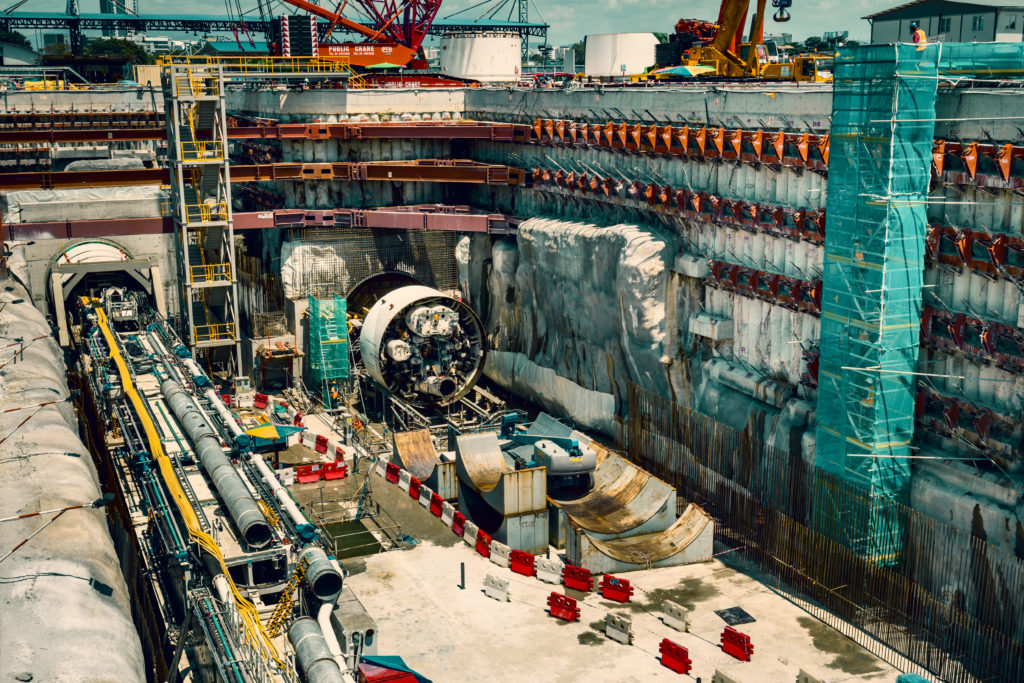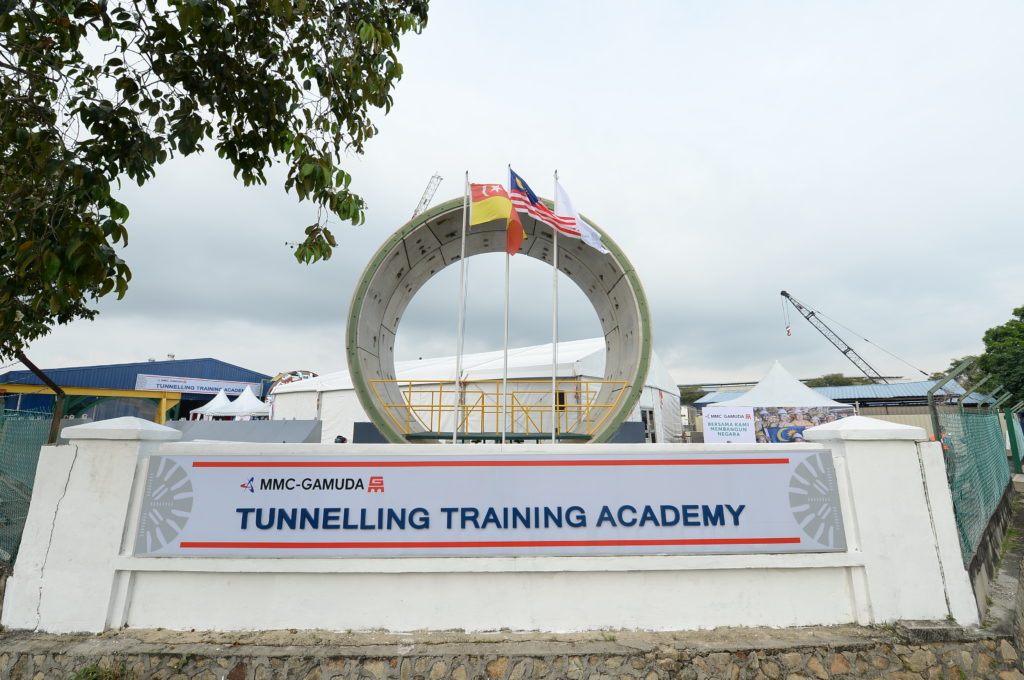Advances in Tunnel Boring Machine Technology Today

In the past decade and a half, Malaysia’s tunnelling and underground space has experienced some impressive developments. In 1994, the first Tunnel Boring Machine (TBM) was used for the Sg. Kelinchi Transfer Tunnel (The Institution of Engineers Malaysia, 2020). From then on, Malaysia’s tunnelling has created tunnels for mega infrastructure projects , such as the SPRINT Highway (connecting Kerinchi Link, Damansara Link and Penchala Link), Stormwater and Road Management Tunnel (SMART), and many more.
TBM has been around since the 19th century and it was built by the Europeans. The first TBM that tunnelled a substantial distance was invented in 1863 and improved in 1875 by a British Army officer, Gary B. Hemphill recorded in his book ‘Practical Tunnel Construction’ that from June 1882 to March 1883, the machine tunnelled, through chalk, a total of 6,036 feet (1.84 km).
The TBM method is an alternative to the drilling and blasting methods in rocks and conventional hand-mining soil. Basically, with its rotating cutter head, the tunnelling machine grinds through soil and rock. These materials are then transferred to the belt conveyor system in the rear of the shield via a screw conveyor and loaded onto wagons to be transported out of the tunnel, while the hydraulic cylinders press the machine forward continuously.
In soft ground, there are three main types of TBMs: Earth Pressure Balance Shields (EPBS), Slurry Shield (SS) and open-face type. Both types of closed machines operate like Single Shield TBMs, using thrust cylinders to advance forward by pushing off against concrete segments.
To understand Malaysia’s geological structure, let us focus on Kuala Lumpur. There are three types of ground conditions in Kuala Lumpur, hard granite rock, a softer mixed geology known as Kenny Hill Formation, and karstic limestone areas. For the Klang Valley MRT project, we discovered that our line runs through the Kenny Hill Formation and karstic limestone areas. This posed a problem for older TBMs as the threat of sinkholes or blowouts became an issue. To tackle this problem, we created the concept of Variable Density TBM (VD-TBM), designed to operate in multiple tunnelling modes, with the added ability to vary its slurry density to tackle different ground conditions.

The VD-TBM is the first of its kind. It merges the slurry and Earth Pressure Balance (EPB) technologies and advantages in one machine. “The machine can operate either in pure slurry mode or in EPB mode with short conversion time of less than a week. In slurry mode, the density can be increased up to 1.6 t/m3 by adding solids to the mix.” (Tunnel Online, 2017). The range of application of the VD-TBM is large and the machine is an all-rounder for loose soils of all kinds. In turn, geological and hydro-geological changes along the alignment can be flexibly managed with the VD-TBM.
The VD-TBM has upped the tunnelling landscape and the continuous development of better tunnelling experts became crucial to find the next right innovative technology in TBM for MMC Gamuda which brings us to the Autonomous TBM (A-TBM). The working team was formed in July 2018 to create a tunnel boring machine with the operator working remotely to monitor the machine that auto-steered using algorithms. A few months later, it was synchronised into TBM PLCs and used in many major subsystems of tunnelling.
Since 2019, the A-TBM has received numerous awards for its groundbreaking reinvention of the TBM. This was largely due to the utilisation of our pool of talents and unlocking their full potential. We have continuously achieved the impossible over the years, and will proceed doing so. We need to regard the right skills to hone and gain expertise by constantly challenging and taking our innovations to the next level for TBM technologies.

